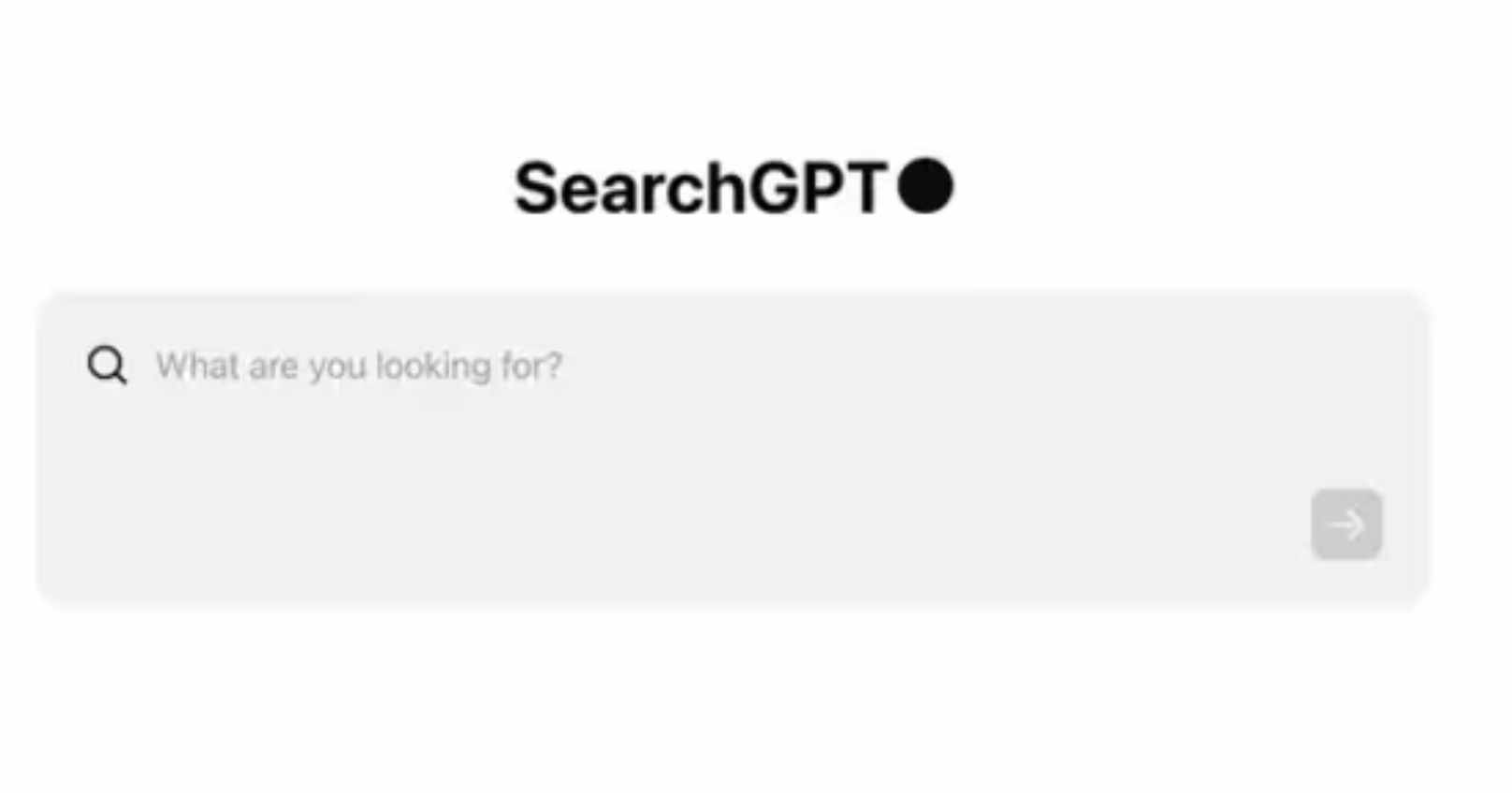OpenAI has introduced SearchGPT, its new AI-driven search engine designed to merge the capabilities of its AI models with information from the web. The company asserts that SearchGPT delivers swift, relevant answers and organizes information from across the internet. Currently, SearchGPT is in the testing phase, with a limited rollout to 10,000 users. It is expected to be integrated with ChatGPT in the future.
SearchGPT offers a fresh approach compared to traditional search engines like Google. The interface begins with a prominent textbox prompting users with “What are you looking for?” Unlike conventional search engines that present a list of links, SearchGPT aims to synthesize and interpret the results more effectively.
For example, if a user searches for music festivals, SearchGPT will provide a summary of relevant information and concise descriptions of the events, followed by attribution links. Similarly, a query about planting tomatoes will yield a detailed breakdown of planting times and different tomato varieties. Users can further explore results by asking additional questions, accessing related links in a sidebar, or using the "visual answers" feature, which offers a novel presentation of information, though its specifics have yet to be fully disclosed.
OpenAI has developed SearchGPT in collaboration with several news organizations, including The Wall Street Journal, The Associated Press, and Vox Media. The company highlighted that SearchGPT focuses on search functionality and does not involve the training of its generative AI models. Websites can appear in search results regardless of their participation in AI training programs.
While SearchGPT aims to enhance real-time web integration and improve the ChatGPT experience, it remains a prototype. Users should be cautious of potential inaccuracies, similar to past errors seen with other search engines. The timeline for a broader release of SearchGPT is not yet clear, but OpenAI's rapid development suggests it could be available soon.







